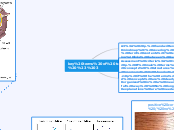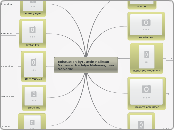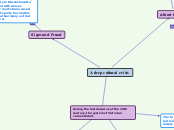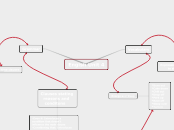作者:Maddie Yim 5 年以前
288
Consciousness
Hypnosis involves various techniques to suggest changes in perception, thought, feeling, and behavior, enhancing psychodynamic and cognitive-behavioral therapies while treating pain, medical conditions, and habits.









